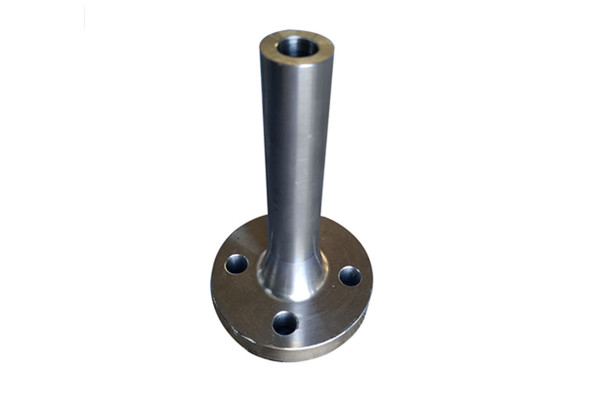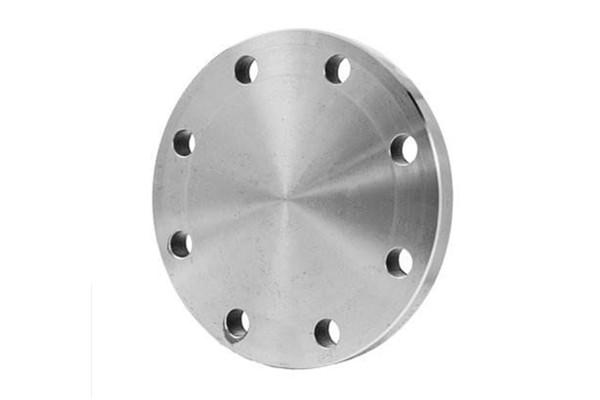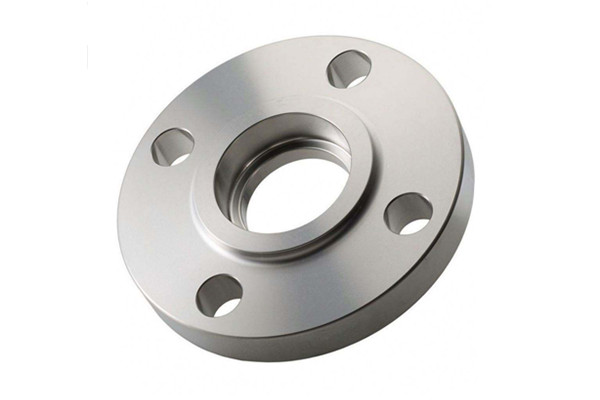The most commonly used flange type is the weld neck flange, which has an extended neck and a weld groove at the end. This flange is designed to be directly butt welded to the pipe to provide a high-quality and relatively natural connection form.
In larger sizes and higher pressure levels, this is almost the only flange connection type used. If only one type of boring flange exists in modern applications, the weld neck flange will be your first choice.
Advantages of weld neck flanges
1. Steel weld neck flanges (WN flanges) are the first choice for industries that require durability and strength in high-pressure systems.
2. Its unique design reduces stress concentration at the bottom, ensuring reliability in harsh environments. Reducing weld neck flanges are an ideal solution for connecting pipes of different sizes while maintaining system integrity.
3. These flanges are available in raised face flanges and other types of flanges, which are versatile and suitable for a variety of applications. The tapered hub design facilitates the smooth distribution of stress, making weld neck flanges an excellent choice for long-term performance.
Weld neck matches pipe groove
The weld bevel joins with a similarly beveled pipe end in a V-joint, allowing a uniform, circular weld to form a uniform transition around the perimeter.
This allows the gas or liquid within the pipe assembly to flow through the flange connection with minimal restriction. After welding, the weld groove connection needs to be inspected to ensure that the seal is uniform and free of anomalies.
Another notable feature of the weld neck flange is the tapered hub.
This type of connection provides a more gradual pressure distribution in the transition from the pipe to the flange base, helping to withstand some of the impact of use in higher pressure and higher temperature operating environments.
Because there is additional steel at the hub transition, mechanical stress is limited.
Because higher pressure ratings almost exclusively require this type of flange connection, weld neck flanges are often made with a ring joint face, also known as an RTJ face.
This sealing face allows the metal gasket to be squeezed between the grooves of the two connecting flanges, creating an excellent seal and complementing the high-strength weld groove connection to the pressurized pipe assembly. For critical applications, the RTJ weld neck with metal gasket connection is the preferred choice.
Long Neck Weld Neck Flanges
These items are also called nozzle flanges or "long neck" flanges and are designed specifically for the pressure vessel and tank manufacturing industry.
Construction of Long Neck Weld Neck Flanges
They are usually of one-piece construction and are designed to replace the standard weld neck and pipe welding combination. The absence of a weld connection is a notable feature of this type of flange.
They usually have a straight through hole with a square cutout at the end (rather than the typical weld neck bevel). The bore size of the long weld neck is usually exactly the same as the actual nominal pipe size, but can be changed as needed.
The overall length of the nozzle flange is also determined by the end user, and the nozzle body can be modified to some pre-existing size or custom size for additional reinforcement.
The bottom of the neck that connects to the bottom of the flange is slightly rounded to mitigate the abrupt vertical connection between the two parts of the flange and to reinforce the idea of strengthening the one-piece construction.



